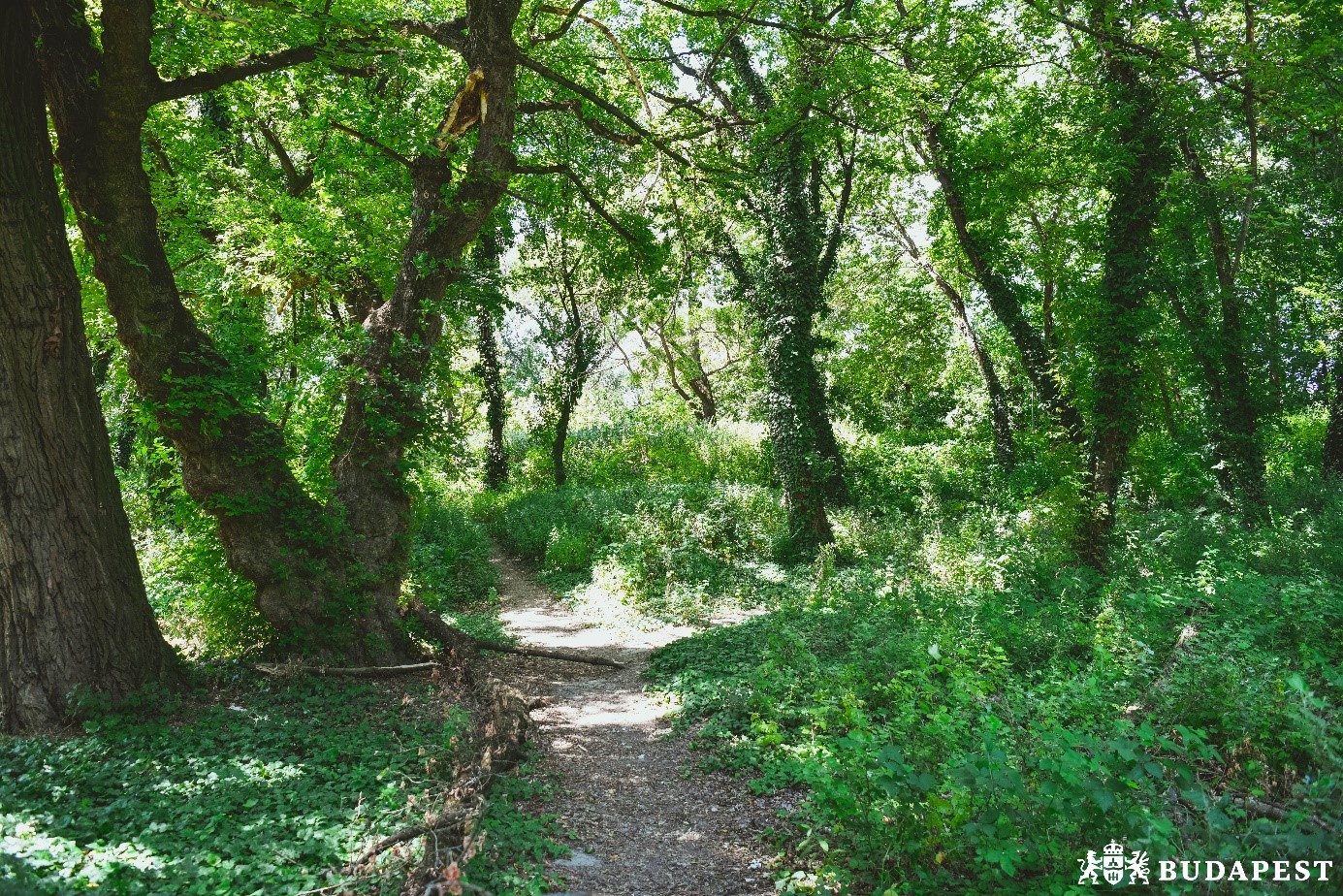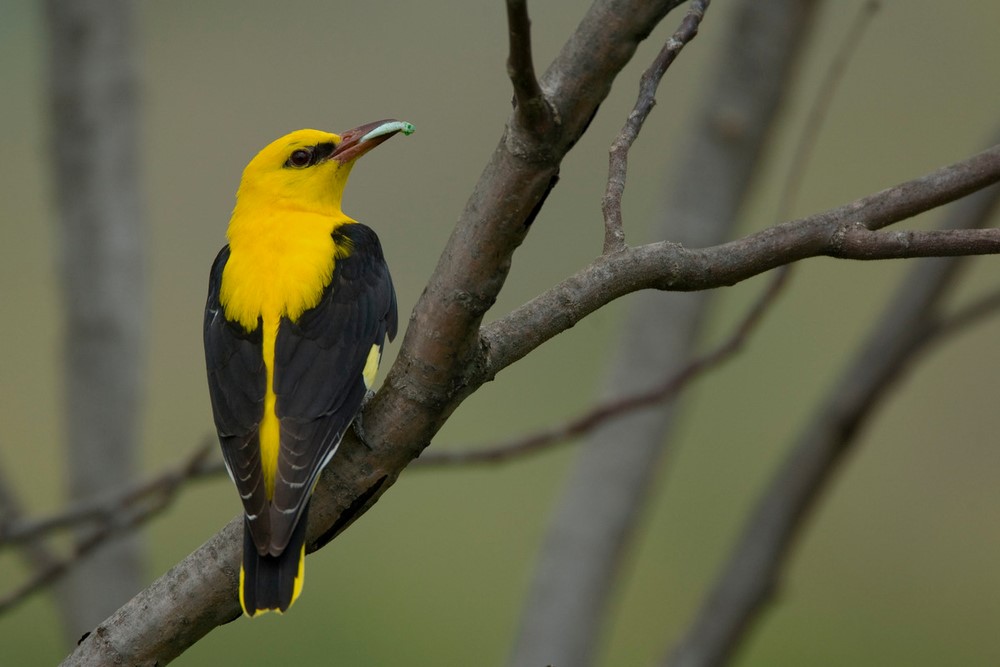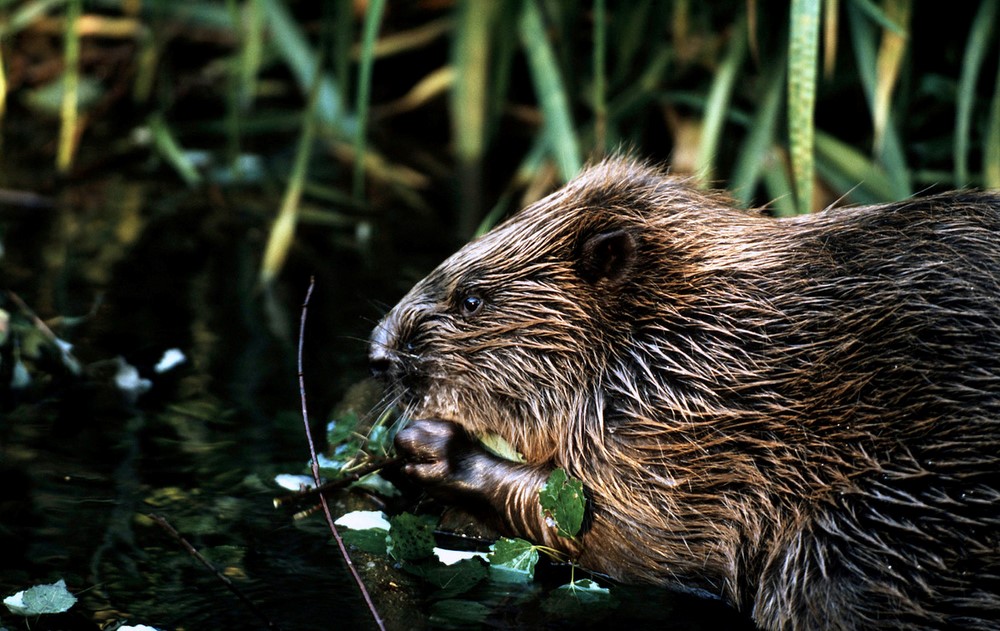Initiated by WWF Hungary and with the support of the Municipality of Óbuda-Békásmegyer, the Capital city declared an area of 25 hectares of gallery forest on the Óbuda Island as a nature reserve. In this article history of the Óbuda Island will be concluded and natural treasures of the island will be introduced.
Although people immediately think of Sziget Festival when someone mentions Óbuda Island, or Hajógyári („Shipyard”) Island, as it is called by locals, history of the island reaches back longer into the past. Danube used to flow around two separate islands until 1835 when the shipyard was built on the smaller island and in order to store the ships, river branch that once separated the two islands was blocked to form a bay. Since then locals call the united Óbuda Island as Shipyard island – no matter that the factory itself operated only on the southern part.
Despite of the shipyard, the bigger island remained a quiet place: people used to grow corn, cabbage and carrot there, later a part of it gave home for the garden store that belonged to the Margaret Island. For the 100th anniversary of the unification of Budapest, formation of the May 9th park begun, many of the trees and bushes planted for the occasion still can be found today.
Why was it necessary to declare the protection of the gallery forest?
In the last 150 years Budapest has become a big city, thus its riversides were transformed as well. Within the city’s terrain floodplain forests remained only on the northern and southern borders . The oldest of these undisturbed forests and matured trees could be found on the Óbuda Island. The willow-poplar gallery forest is only a narrow line on the edge of the island, yet it is a true natural treasure.
For example many willow and poplar trees could be found here which are estimated to be older than 200 years – from which researchers, “hunting” for the biggest trees, have discovered a black poplar with 745 centimetre in its trunk’s diameter. One of its main branch was already damaged – but old trees like this one provides life even in their death. Many beetle species choose dead trees as their habitat, which obviously contributes for the enrichment of the bird fauna. Mammals, bats prefer old poplar and willow trees which have many hides in it for them to breed. These are only a few examples for the vast biodiversity of the gallery forests. Recognising this, in 2021, WWF Hungary took the initiative to declare the floodplain forest bordering Óbuda Island a protected area, which was voted by the General Assembly of Budapest on the 15th of December 2021. The protected area stretches along the shoreline of the island for about 2.8 km – it is wider on the western side (90-130 m) while a bit narrower on the eastern side (30-50 m). Altogether an area of 25 hectares became protected which is very sensitive for any disturbance due to its relatively small size.
Let’s see who are the real aboriginals of the island!
The gallery forest has a genuinely diverse flora and fauna. We are about to introduce you the 5 most distinctive species.
Danubian squill (Scilla vindobonensis)

The Danubian squill blooms early spring, not later after Snowdrop (Galanthus nivalis), around the beginning of March. At this time of the year everything is rust brown and these little purple-blue petals, sparkling out in the sunshine, bring a cheerful atmosphere into the forest. This modest beauty grows only 25 centimetres high.
Black poplar (Populus nigra)

Once it was Europe-wide spread in the floodplain forests of the temperate zone but nowadays it is endangered almost everywhere. First and foremost, it is due to the river flow regulation that has destroyed their natural habitat. The biggest tree of Hungary, that happen to be a black poplar as well, living in the forests of Gemenc. Here, on the Óbuda Island you can find pretty decent individuals in size, too. Dead and fallen black poplars also provide habitats for several other species, like the flat bark beetle.
Flat bark beetle (Cucujus cinnaberinus)

Flat bark beetle is very wide-spread in Hungarian forests, thus it can be found on the Óbuda Island as well. Despite being a stunningly colourful animal, you rarely have the chance to observe it. The reason is because most of its life is spent beneath the barks of dead trees – first as a larvae, than as the adult insect. That is how it survives wintertime as well – hiding under the bark! At this time you can only find it by completely debarking the dead tree. As most if its life depends on dead trees, it survives only in natural or semi-natural forests which have enough amount of this material. Flat bark beetle has a special fluid in its body that enables it to survive below zero degrees. At spring it leaves the bark layer, mates and perishes. Such a short glory!
Golden oriole (Oriolus oriolus)

Golden oriole is hard to confuse with any other bird species in Hungary, yet it is also not easy to meet this one! Spends only a short period of time in Hungary, arrives in April-May and leaves already in August. Hides in the canopy of the trees, you can only recognise its presence by its stunning singing. Fortunately its population is stable, according to observations. Despite of being a typical inhabitant of floodplain gallery forests, you can meet with it in orchards and parks as well.
Eurasian beaver (Castor fiber)

Beavers are beloved by many, yet there are some who want to put a limit on their distribution. Probably we don’t have to introduce it to you, you can immediately recognise it from its long flattening tail. By the end of the 1800’s it was eradicated from all Eurasia, including Hungary as well. Beavers reintroduction to Hungary was initiated by WWF in 1996 but later on, coming from the west, the species has arrived spontaneously by its natural spreading. Starting from this, it is a great achievement that now we can observe beavers in Budapest. Being an ecological engineer species, its natural habitat-transforming behaviour is positive from conservation perspective, however nowadays beaver damage protection must be taken into consideration even in Hungary.
What does the protected status mean for locals (and szitizens)?
In order to protect the biodiversity of the gallery forest, we (locals and szitizens as well) need to change our behaviours, as leaving this area undisturbed is the only way we can maintain this complex ecological system. For this reason, one can only approach the 25 hectares of the nature reserve with limited access. The pathway on the embankment is still open for visitors but dogs must be kept on leash all the time. The tip of the island is still open as well, which is always the favourite stop for those who come to island with dogs or big company due its steep shore, unique panorama and diverse flora.
Once you arrive to the island we kindly ask you to join us in protecting the values of the gallery forest! Preserve the special ecological system of the Óbuda Island is beneficial for all of us.

